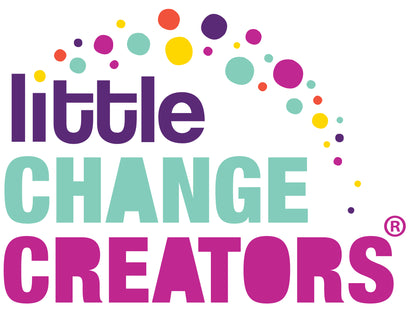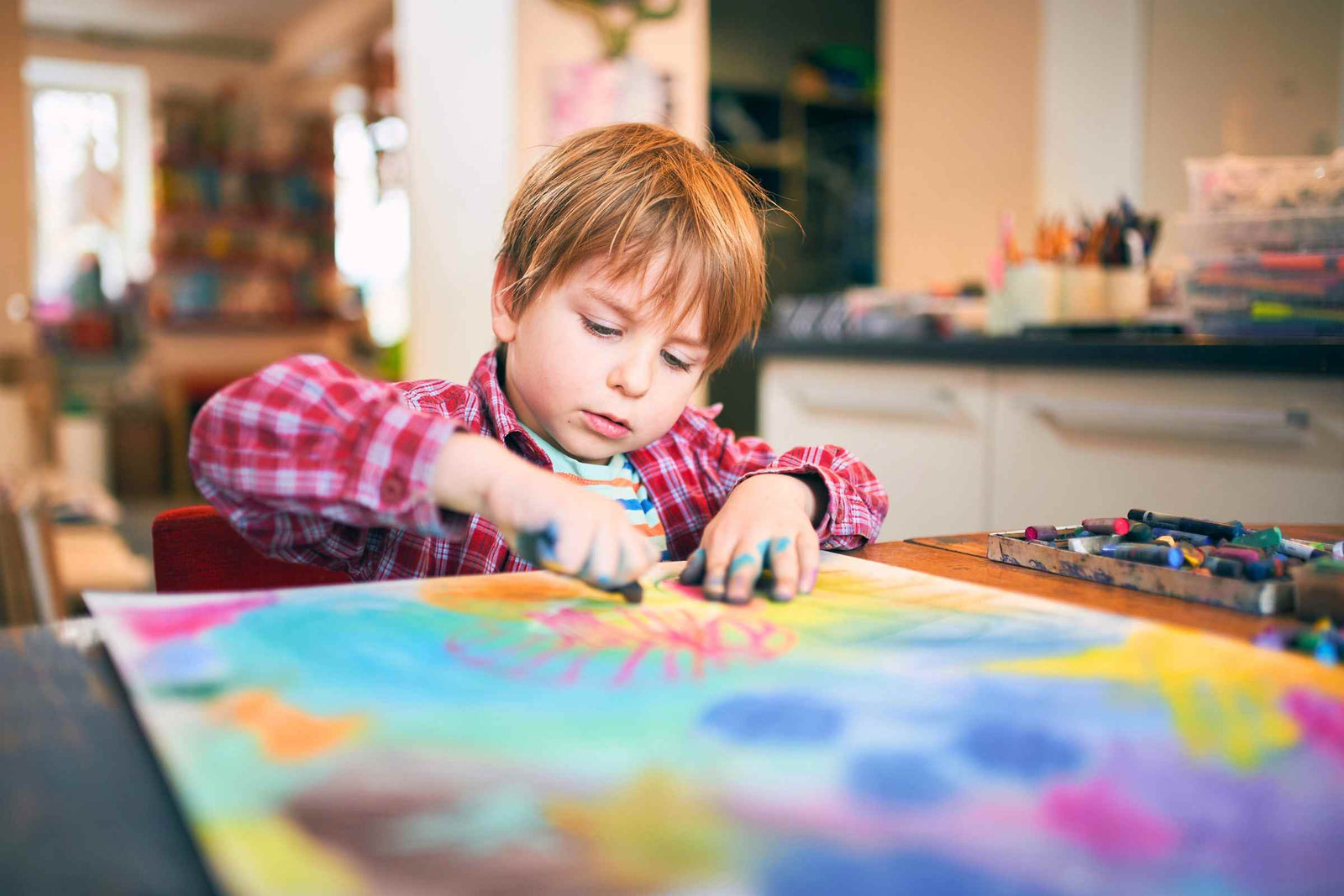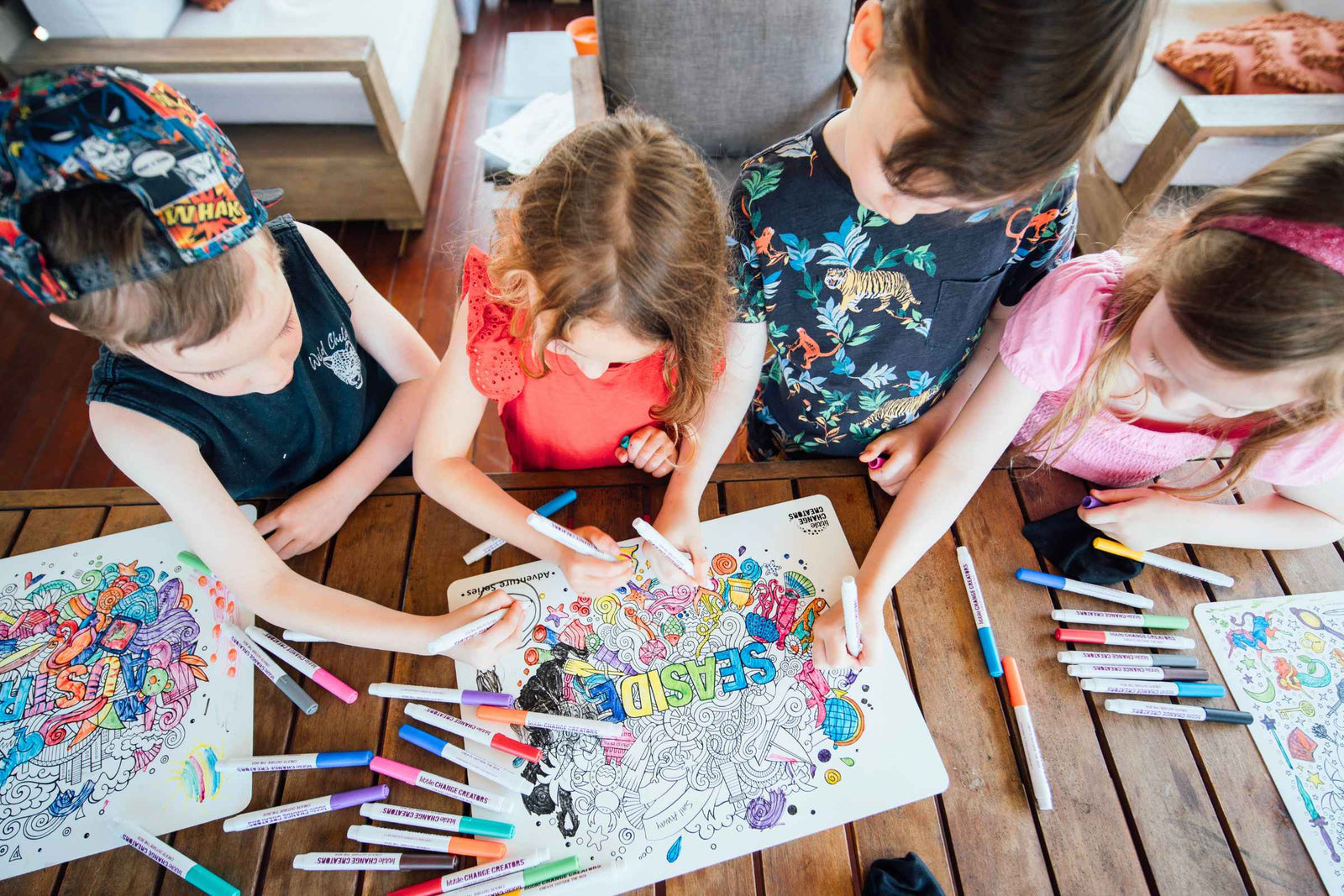Loving the smaller mats, makes them so easy to speeze into my handbag. No compromise on quality or images
I brought the recraftable creativity mat for using as a surface to paint on. The silicon if prefect to easily clean your work space. I enjoy using the mat and being able to easily bring it with me where ever I need. Really handy for many projects
My daughter absolutely loves her little change creators products. We just purchased some extra markers to add to her collection and I’ll be adding more products to my Christmas shopping list for my nieces and nephews! Highly recommend the reusable colouring sheets too!
It is great and really useful and perfect size for your handbag.
My customers cannot get enough of these fabulous kids' drawing mats. The fact you can just wipe them with a damp cloth and they can start all over again with different colors is just great. Perfect for the kids while out at lunch or dinner, and I have to say I have sold so many for all ages...who doesn't like to color in! I've even had a go...you will too...




